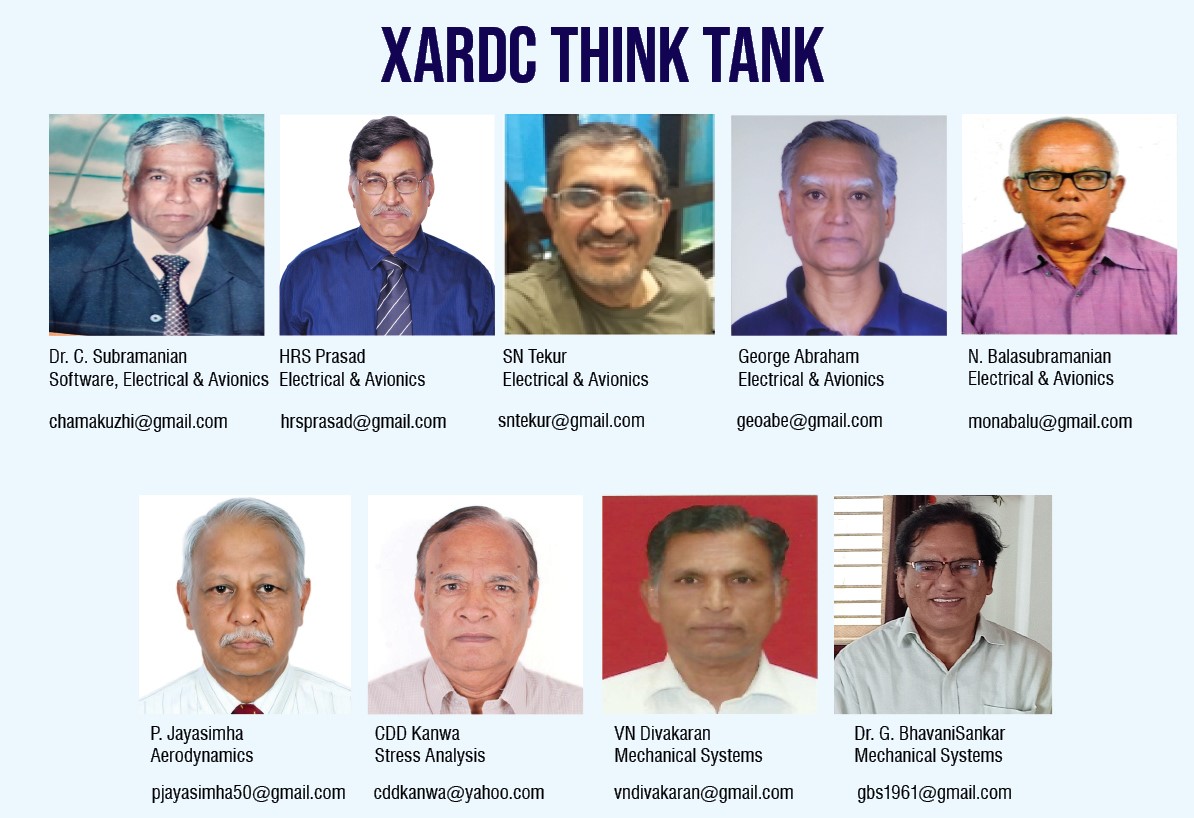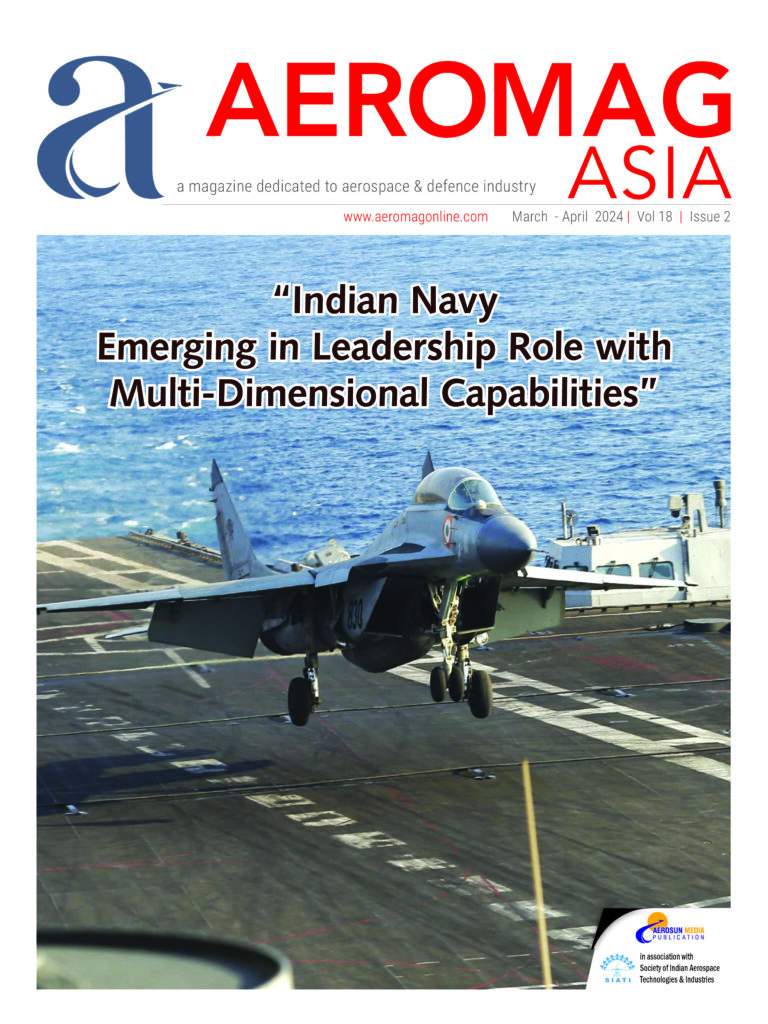1.0 Introduction
While necessity is the mother of invention, the compulsion of survival speeds up innovation. As survival becomes vital to man, he is compelled to create new things or modify existing things. The need for fast mobility in the business world has boosted up the needs for air travel and transportation of goods. As per a conservative estimate, the growth rate of air travel is 5% per year. Major challenge in this sector is the management of the growth efficiently and safely, while maintaining eco-friendliness and reducing the operational cost. Aircraft flights severely impact global warming and climate change, due to emission of Green House Gases (GHGs). In addition, noise pollution is an irritant. Estimates# show that aviation accounts for 3% of total man-made climate impact with 2% of CO2 emissions. The GHG emission from aviation sector is expected to rise to 5% by 2050 with the worst-case estimate of 15% of man-made emissions. Regulatory authorities have been setting up targets for reduction in GHG emissions and tasking various segments of aviation industry to comply with strict norms. In this context, the significance of electric aircraft is deliberated in this paper.
2.0 Aviation Industry
The estimates of GHG emission from various sectors are shown in the Figure 1. The transport sector which includes aviation is estimated to contribute 14%.
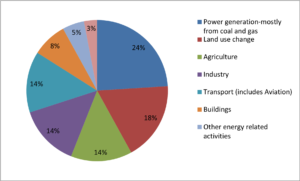
Figure 1: Sector-wise GHG Emissions
The main stakeholders in the Aviation Industry are the aircraft manufacturers, airline operators, industrial support services and customers. Many technological advancements and innovations pertaining to aircraft and aero- engines are being made to limit the rate of increase of GHG emissions. In this regard cooperative efforts between aircraft and engine manufacturers aim at improving efficiency of engines, reducing fuel consumption, and reducing noise pollution. An example of this is the Boeing 787 Dreamliner aircraft with a target of 20% reduction of fuel consumption compared to same class of aircraft.
3.0 Electric Propulsion
A significant R&D trend that could be observed in the aircraft industry across the world is the incessant efforts to develop aircraft with electric propulsion for short haul transport and training purposes. The ‘Electric Aircraft’ is equally relevant to the sectors of civil and military training as well as transport. The electric propulsion is the major paradigm shift after the ‘Jet Engine’ as the development of Jet engine is reaching a stage where further innovations are reaching point of diminishing returns. The significant advantages of electric propulsion are reduction in GHG emission, increase in operational efficiencies and reduction in operating cost. It is expected that with the impetus given to technology development in core areas of electric propulsion, fruition of the concept of ‘Electric Aircraft’ for wider use could happen in the next decade.
4.0 Development of Electric Aircraft
The Indian Aeronautical Industry is largely catering to defense needs. A team of technical experts who worked in the Aircraft Research and Design Centre (ARDC) of HAL is working on the feasibility of developing Electric Aircraft. It is important for R&D centers of aircraft industry and academic institutions across the country to get connected for the development of core technologies required for Electric Aircraft. Such an initiative would facilitate Indian Aircraft industry to occupy an advantageous position in R&D and production of Electric Aircraft in SE Asia.
5.0 World Scenario of Electric Aircraft
The need for design of electric aircraft is due to the regulatory compulsion for reduction of GHG emissions, increasing difficulty of technological development of Jet engine and development potential of electric propulsion. Electric Propulsion involves the replacement of the Jet engine with electric motor and control. Towards this end, development of technologies of power source such as battery, fuel cell and solar power; motor and control are required. Two variants of two seater Pipistrel Electro (Refer Figure 2) trainer aircraft are certified by FAA and EASA, mass-produced and chosen for pilot training by various countries. MagniX resorted to fully-electric retrofit two types of aircraft viz., 6- seater and 9- seater, which are successfully test flown. Eviation, an Israeli start-up, is developing the electric aircraft Alice (Refer Figure 3) for nine passengers with two crew members. A Swedish start-up Heart Aerospace is developing 19-seater electric aircraft. There are 17 manned electric aircraft flown in western countries from the year 2000 onwards. Technology demonstrators under development at various start-ups in the west are also scheduled to fly within 2 to3 years. Aerospace sector giants such as Boeing and Airbus have launched projects to develop large size electric aircraft for commercial purposes. The welcome sign shows that electric aviation is getting closer to reality.
6.0 Development of Technologies for Electric Aircraft
The core technologies to be developed are efficient electric power sources, light weight motors and controls. Research centers within the aircraft industries and academic institutions with industrial support are rigorously pursuing R&D activities in these areas.
a) Electrical Power Sources
The possible electrical power sources on an electric aircraft are battery, fuel cell and solar power. Development of efficient power source of sufficient capacity within the budgeted weight and cost is the major challenge. The power source should fulfill the reliability, safety, and handling and maintenance requirements. Battery is the preferred main power source and its development status is given below.
Battery – technology development:
Lithium-Ion, Lithium-Sulphur and Metal-Air batteries aiming at better specific energy density are in progress. It is estimated that the set goal of specific energy density would be reached within a few years. The companies viz., SAFT, Panasonic and LG are supplying batteries for the on-going projects world over. In India, ISRO has taken the initiative for development of battery for their programs. Tata Chemicals and a few start-ups with the support of academic institutions are also developing batteries.
b) Motor
There is considerable progress in the development of special purpose motors of high torques and low weight using special magnetic core materials for on-board use. Siemens and MagniX are the main suppliers of motors and they have supplied motors for most of the on-going electric aircraft projects.
c) Control Systems
Design and development of control systems for both the power source and motor requires utmost care. These systems are to be developed and custom – built to meet the specifications drawn based on the operational requirements of the electric aircraft.
d) Other Systems
Mechanical Systems on the aircraft such as the environmental control system, landing gear and flight control system are to be configured for electrical actuation and their weight, size, power requirement are to be optimised. Design considerations of environmental control system need to focus on alternatives to engine bleed air.
7.0 Integration, Testing and Certification
As system components of new technologies are to be fitted and flown on an electric aircraft, system integration and testing acquire prime importance. There would be need for development of special test methodologies. Certification norms also need to be specified and established. The certification process comprising test plan and schedules are to be drawn taking the technological innovations and components into account. In addition to computer simulations and model based system design process adequate test facilities for ground testing are to be set up to validate the design as part of the certification process.
8.0 Conclusions
Due to its impact of GHG emission on climate change and the growing need of air travel, development of aircraft with electric propulsion has drawn the attention of the aviation industry world over. In this regard many aircraft industries have been taking great strides to develop electric aircraft with the main objective of reduction of GHG emission with spin off advantage of operating cost reduction. The technology developments needing special attention are the core areas of power source, motor and control. The time is now ripe for taking up design and development of Electric Aircraft in India.
Note: *Dr C Subramanian, Sri HRS Prasad, Sri P Jayasimha, Sri N Balasubramanian, Sri George Abraham, Sri V N Divakaran, Sri CDD Kanwa, Dr G Bhavani Sankar and Sri S N Tekur
E-mail contact: chamakuzhi@gmail.com
# Estimates of pre-Covid period
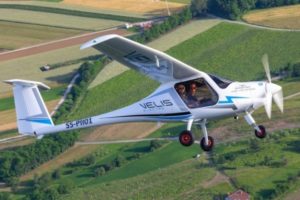
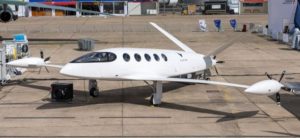
Figure 2: Pipistrel Velis Electro aircraft Figure 3 Eviation Alice aircraft








